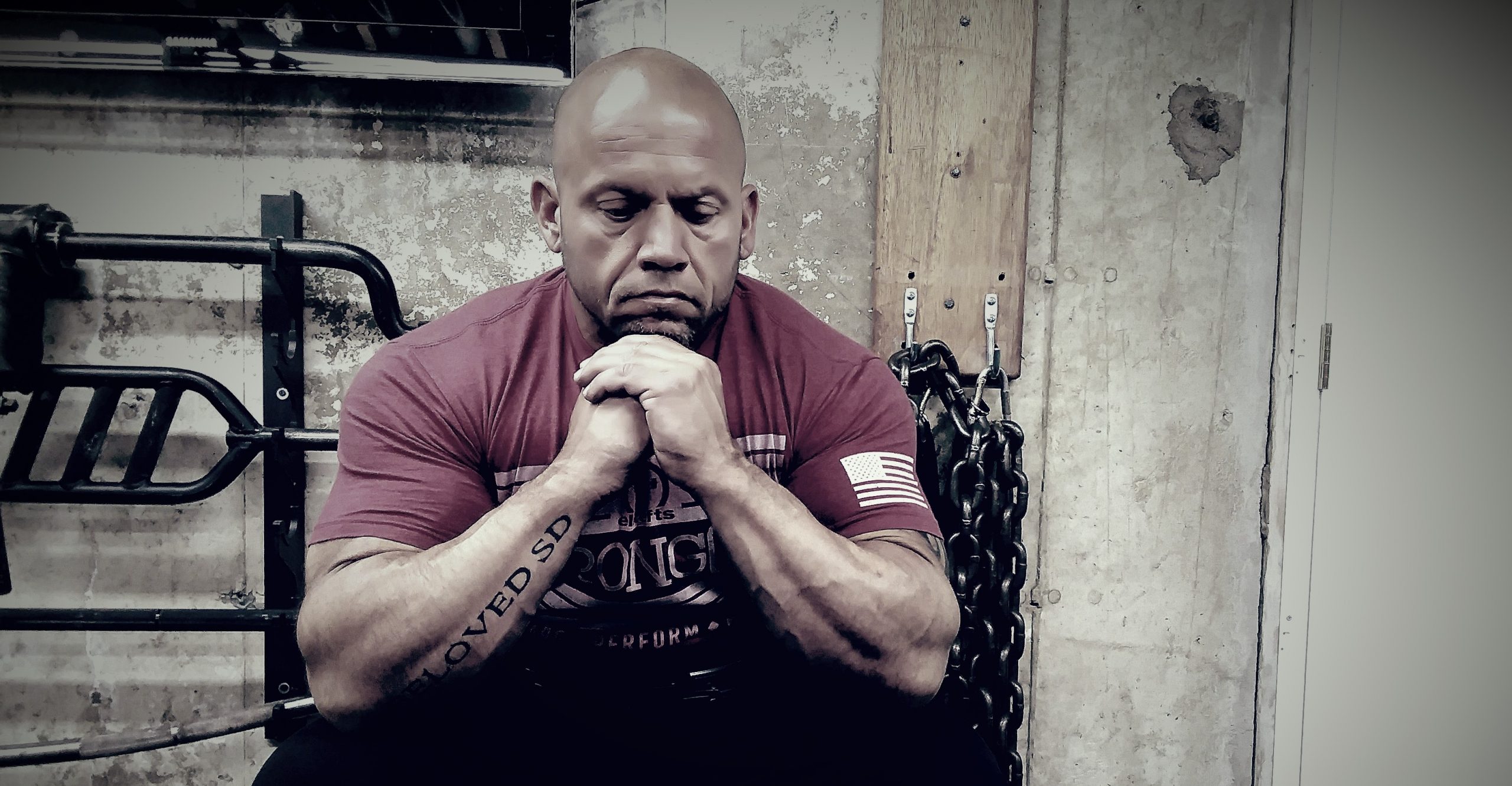
I have preached the importance of sleep forever. When I had apnea, I took to my cpap like a fish takes to water. Getting the most of your sleep is one of the most important things you can do for performance.
There’s a lot of talk about sleep hygiene. You should minimize screen time before bed, keep your room cool, stay away from caffeine, etc. That’s not what this blog post is about.
I’m talking about how you actually lay in bed to sleep. Because of my back and shoulder issues I invested in a quality sleep number mattress. Unlike many other mattresses, it has incredible adjustability.
Also, I have an obscene assortment of pillows and wedges. Over the years I have gone from sleeping on my back, side, and stomach depending on what my body was dealing with.
Lately, my back and shoulders have been very achy. I was telling my wife about my pain and was wondering if it was inflammation, a lack of stretching, or my sleep position. Honestly, I knew what it was. I just didn’t want to deal with it.
I always default to side sleeping. It’s my preferred position. However, with my thoracic arthritis, I know it’s not the correct position for me. I can get away with it for a few days, but then the chronic pain starts building.
The right sleep position for me now is in a reclined position. In order for this to happen, I need to set up a couple of bed wedges. What’s stopping me? Habit and laziness.
As I said, my default is my side. Plus, when I get my carcass up from the living room to go to bed, the last thing I feel like doing is setting up the wedges for bed as they get put away every morning because I don’t like an unmade bed.
A few days ago I got back in the swing of setting up for bed after dinner so it wouldn’t be an issue of being too tired when I turned in for the night. Low and behold, in just two short days my back and shoulders feel absolutely fine.
Looking back, regardless of what I was eating (yes, food can cause inflammation) or whether I am stretching and or foam rolling, that pain wasn’t going away without correcting how I slept. So if you are dealing with pain, make sure to take a look at your sleep position.









